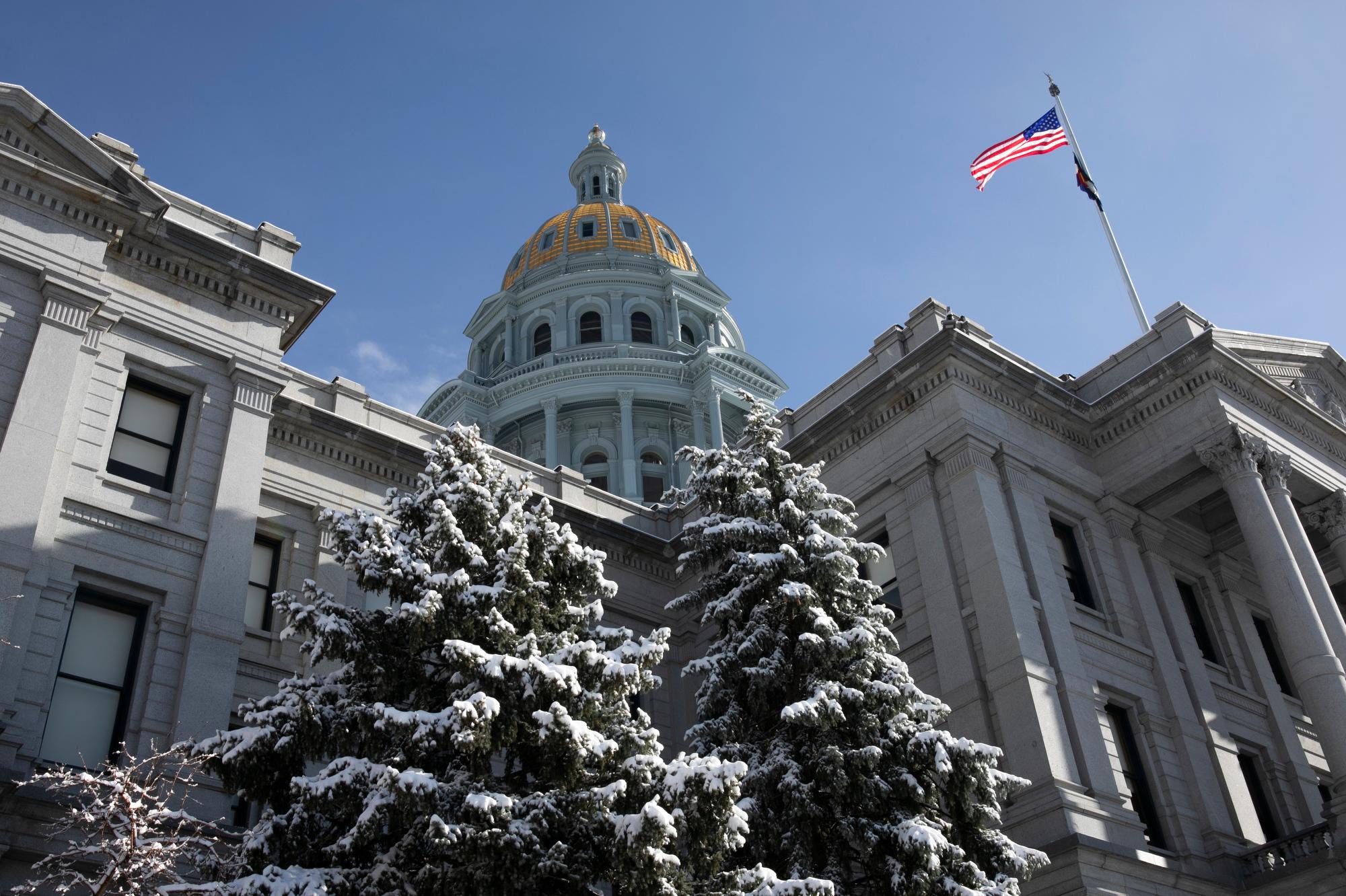
Colorado’s unemployment insurance system was supposed to get a top-to-bottom upgrade in April.
Software written in an antiquated programming language, COBOL, would be replaced with modern technology. State employees would no longer have to stare at green text on black terminal screens. The system would send emails and text messages instead of printed letters.
“In March, we were already training on the new system. We were ready to go,” said Joe Barela, executive director of the Colorado Department of Labor and Employment.
Then the pandemic derailed everything, including those plans for a comprehensive upgrade to the three-decade-old system that delivers benefits to unemployed Coloradans. Instead, the state had to muddle through the worst unemployment crisis since the Great Depression with technology it had hoped to replace.
Now, nine months later, the “MyUI Plus” project is nearly complete. It’s set to deploy sometime in January, creating new interfaces for people seeking benefits and the workers who run the system.
“This will be the first time that we’re able to introduce a system that is agile, that is point-in-time, with better access for customers,” Barela said.
The launch comes at a critical time. Tens of thousands of Coloradans are set to lose unemployment benefits as federal emergency benefits expire at the end of the year. If Congress authorizes new benefits, Colorado will be racing to implement the new payments through its upgraded system.
Barela said that the new software, which runs on a .NET framework, will be much quicker to adapt to new federal laws and rules.
“The platform we’re currently on doesn’t do that in a very timely and agile manner,” he said.
But the launch also will come with disruptions. The system will “go dark” for several days on the week of the debut, preventing people from viewing or updating their accounts online. That should not, however, interfere with people’s ability to request and receive payments, Barela said.
Meanwhile, the switch to the new system has consumed the Labor Department’s time and resources. The department’s call centers have been running with fewer staff as workers are trained on the new system. That has meant longer delays for people seeking help. Many have had to wait months for a call back, and the system lately has turned away people outright, saying no appointments are available.
“You could say we were flying the plane and building it,” Barela said. But he never doubted that it was worth continuing the upgrade through the crisis, he said.
The simpler-to-learn system will make it easier to hire for call-center and other support jobs, helping to resolve long waitlists, officials said. “Ideally, it’s a less burdensome training program. We can get folks on the phone quicker. It’s a more efficient claims processing process,” said Cher Roybal Haavind, deputy executive director for CDLE.
And the state officials say the system will be better at both detecting fraud and allowing people to fix problems on their accounts.
This is the third major effort to upgrade Colorado’s outdated unemployment insurance system. Previously, the state joined with Wyoming, Arizona and North Dakota in “WyCAN,” an effort to create a multi-state system with $62 million in federal money. Colorado left that group several years ago, frustrated by challenges over interstate cooperation.
The current project began in 2016 and was originally scheduled for completion in June 2019, with the international consulting firm Deloitte handling much of the work. Deloitte has built a substantial business in government unemployment systems, but also has run into problems in other states, like Florida.
Some people are already using a version of the new system in Colorado: After the federal government approved Pandemic Unemployment Assistance in March, Colorado launched a small version of its new unemployment system to handle the benefit. As a result, it was one of the first states to make the new benefits available for independent workers, though not without some frustrations.
Since then, the state labor department has swung between completing the new system and trying to incorporate a stream of changes, including financial boosts ordered by Gov. Jared Polis and President Donald Trump, into its current platform.
“No state is unscathed,” said Andrew Stettner, senior fellow on unemployment issues for The Century Foundation. “That was a consequence of the infrastructure being fairly weak going into this.”
The ongoing crisis is driving a “period of reckoning,” as states look for fixes, he said. By one measure, Colorado has done relatively well in its response: It paid out a higher percentage of initial unemployment claims than other states, and it was among the fastest to pay, according to data compiled by The Century Foundation.
But untold thousands of people are still struggling with the system, and many are increasingly desperate as the pandemic winter once again drives layoffs. On Facebook, a group of Coloradans dedicated to helping each other with unemployment issues has swelled with hundreds of new members per week.
Josh Schwartz, an administrator for the group, has been sharply critical of CDLE’s handling of the crisis. Now, he’ll be watching to see how the state handles the switchover and how fast it can distribute new federal benefits.
“Everybody’s pretty much resigned to the fact that it’s going to be several weeks before (any new benefit program) rolls out … and then on top of that CDLE fumbling through it, their systems not being able to handle it,” he said. “That’s creating a lot of desperation right now.”
The upgrade project is funded from the premiums that businesses pay for unemployment insurance. State officials also plan an eventual upgrade for the system that collects unemployment premiums from businesses.









